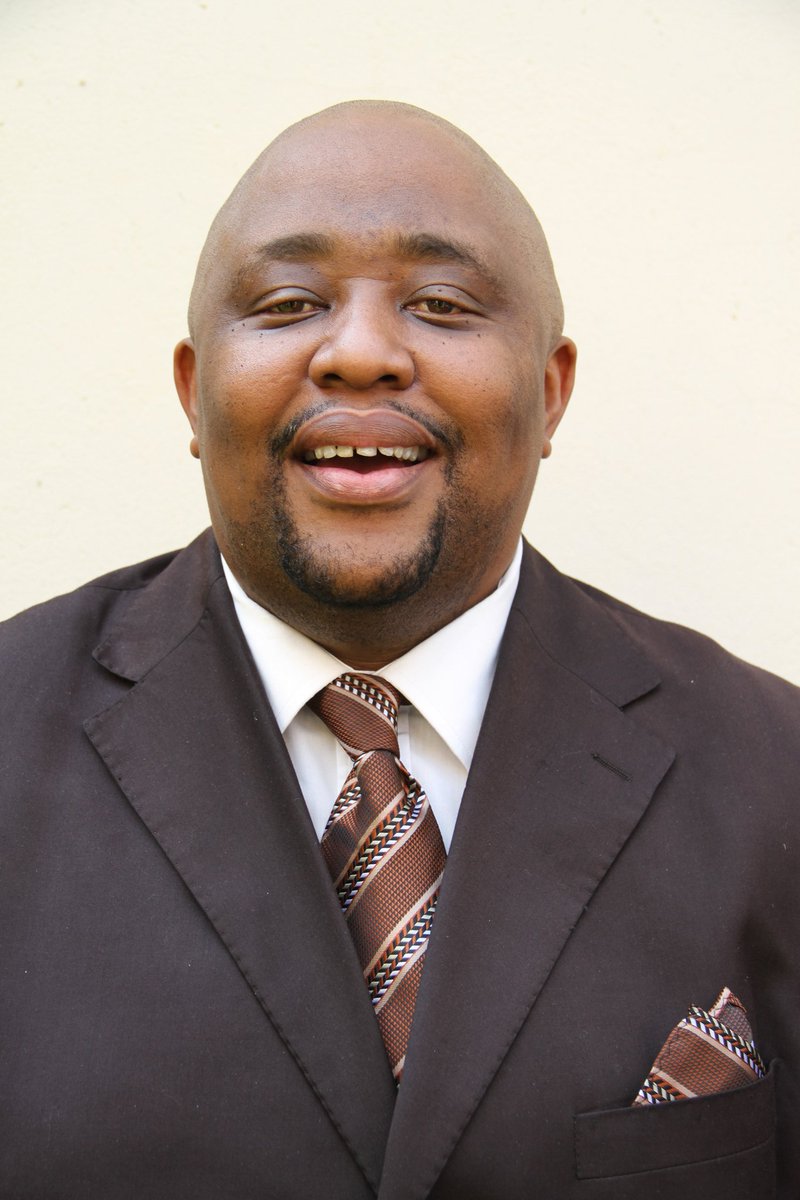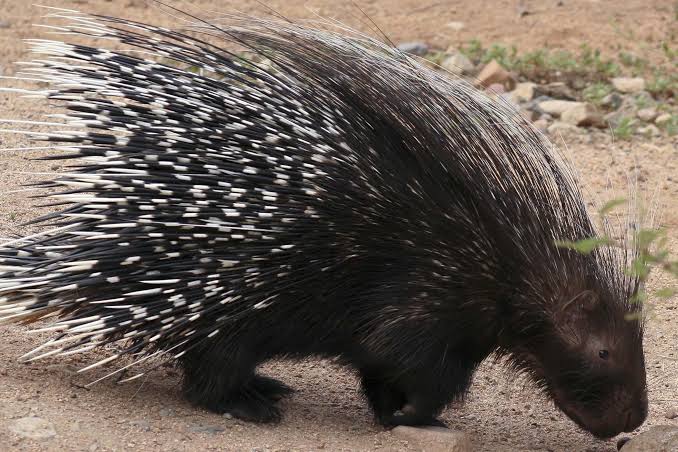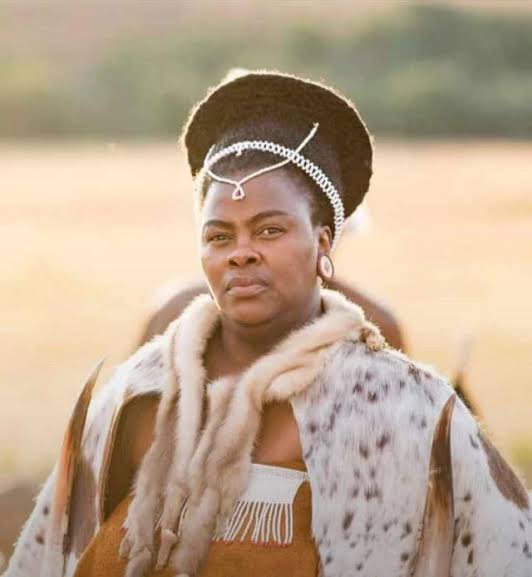1. THE NGUNGUMBANE CHIEFTAINCY OF MBERENGWA EAST 🇿🇼
Umnxeba....📝
Today we look at the Ndebele community of Chief Ngungumbane which was relocated to Mberengwa in the late 1920s. Their migration story is similar to that of the Chief Gwebu community of Buhera we once discussed.
Umnxeba....📝
Today we look at the Ndebele community of Chief Ngungumbane which was relocated to Mberengwa in the late 1920s. Their migration story is similar to that of the Chief Gwebu community of Buhera we once discussed.

2. The Ngungumbane chieftaincy originates from the Amakhwananzi clan hence their surname is Mkhwananzi. The chieftaincy was established at Entunteni, a village headed by Mhabahaba Mkhwananzi its founding chief. The village was within Umzingwane district. 

3. Mhabahaba Mkhwananzi
was succeeded at the time of the Anglo-Ndebele War of 1896 by his son Dliso. Dliso died at a time when Mathalazana, who was his rightful heir, was a minor. As a result Majinkila, Dliso’s son by his wife of the Masuku clan, became regent.
was succeeded at the time of the Anglo-Ndebele War of 1896 by his son Dliso. Dliso died at a time when Mathalazana, who was his rightful heir, was a minor. As a result Majinkila, Dliso’s son by his wife of the Masuku clan, became regent.

4. Majinkila died in 1922 and
was succeeded by his son Alison Ngungumbane Mkhwananzi, a
former student of Tiger Kloof in South Africa. It is from this son that the Ngungumbane chieftaincy in Mberengwa East got its name.
was succeeded by his son Alison Ngungumbane Mkhwananzi, a
former student of Tiger Kloof in South Africa. It is from this son that the Ngungumbane chieftaincy in Mberengwa East got its name.
5. Alison Ngungumbane Mkhwananzi became a chief during the time when whites were taking all the prime agricultural land and establishing mining claims. The chief & his people were forced to abandon their land and move to a proposed area in Mberengwa East, then Belingwe in 1929. 

6. However, some of Ngungumbane's people opted to settle in Nkayi, in particular those who were aligned to Mathalazana. The area in Mberengwa East where Ngungumbane established his chieftaincy & homestead is known as Ngungumbane to date. 

8. During this time of displacements many Ndebele families and clans trekked from Matabeleland to different parts of Mberengwa and settled under Chiefs Mposi, Mataruse and Chingoma. 

9. When approaching the chiefs the Ndebele would say 'Sidinga indawo yokuhlala' (We are looking for a place to stay). This earned them the name Amadingindawo or Madinga in short. 

10. To date the descendants of amadingindawo are found in areas like Guvaravatonga, Marekeni, Danga, Chasa, Mutaruka/Chegato, Magakava, Pamushana, Langeni, Mudzidzi, Machingwe, Mulungisi, Gwai and Nyala. Intermarriages have happened over the years in these communities.
11. The current Chief Ngungumbane, Mr. Zama Mkhwananzi also sits in the Senate as a representative of the traditional leaders. 

12.1 The Mkhwananzi clan praises are :
Spheshu – Madubandlela – Somlomoti – Sodilakazi – Nkwali yenkosi – Ndonga
Shamase
Mwelase – Sontuli – Somkhele – Khowa – Mayanda – Dlebhu wabeSwazi
Wena owagula wamisa intamo
Mashukumbela – Mthendeleka – Mtubatuba
Wena owawulobolela amadoda
Spheshu – Madubandlela – Somlomoti – Sodilakazi – Nkwali yenkosi – Ndonga
Shamase
Mwelase – Sontuli – Somkhele – Khowa – Mayanda – Dlebhu wabeSwazi
Wena owagula wamisa intamo
Mashukumbela – Mthendeleka – Mtubatuba
Wena owawulobolela amadoda
12. 2
Wena owathenga istimela
Ninemali nina Bakhwanazi
Veyane
Mpandeyamadoda, Mpande ayiphikiswa oyiphikisayo uyazithwala
Gwagwa liyagwagwa umbane wezulu
Owaciba ngomkhonto eSikhwebesini kwapheph’inkosi yamaNtungwa
Owasingath’ihwahwa kodwa wangaledlulisel’mlonyen
Wena owathenga istimela
Ninemali nina Bakhwanazi
Veyane
Mpandeyamadoda, Mpande ayiphikiswa oyiphikisayo uyazithwala
Gwagwa liyagwagwa umbane wezulu
Owaciba ngomkhonto eSikhwebesini kwapheph’inkosi yamaNtungwa
Owasingath’ihwahwa kodwa wangaledlulisel’mlonyen
• • •
Missing some Tweet in this thread? You can try to
force a refresh


















